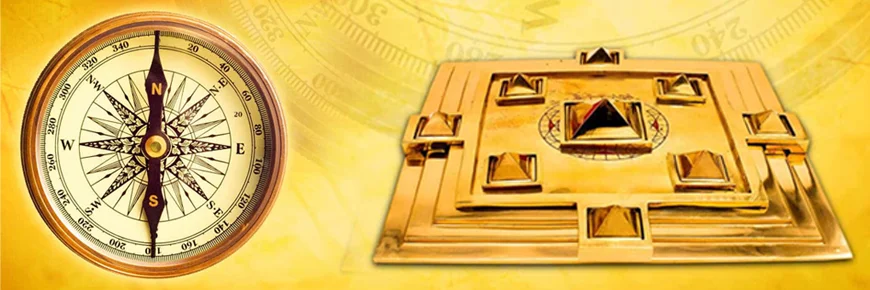Vastu Shastra
Vastu Shastra is an ancient Indian discipline centered around the design and architecture of buildings, aiming to harmonize them with natural elements and cosmic energies. The term “Vastu” originates from the Sanskrit word “Vas,” which means dwelling. Vastu Shastra offers guidelines for constructing buildings that align with the surrounding environment, with the goal of fostering a positive and balanced atmosphere.

Five Elements (Pancha Mahabhutas)
- Vastu takes into account the influence of the five elements: Earth (Prithvi), Water (Jala), Fire (Agni), Air (Vayu), and Space (Akasha). A balanced integration of these elements is believed to bring harmony.
Directions (Dik or Dishaa)
- The cardinal directions (North, South, East, West) and intermediate directions (Northeast, Southeast, Southwest, Northwest) play a crucial role in Vastu. Each direction is associated with specific energies and deities.
Vastu Purusha Mandala
- Vastu Purusha Mandala is a symbolic representation of the cosmic man lying with his head in the northeast and feet in the southwest. The design grid is divided into various sectors, each associated with different deities and aspects of life.
Entrance (Main Door)
- In Vastu, the primary entrance of a house or building holds significant importance. It’s recommended to have a well-planned and auspicious entrance to draw in positive energy.
Five Elements in Architecture
- Vastu suggests incorporating the five elements in the architecture of a building. For instance, the northeast corner is linked with water, making it auspicious to have a water source or fountain in that direction.
Zoning and Room Placement
- It involve assigning specific activities to different areas within a building. For instance, the northeast is associated with prayer and meditation, while the southeast is linked to the kitchen.
